The Santa Ana winds are kicking up and you know what that means….potential fires.
We are now in wildfire season, and the Transportation Corridor Agencies (TCA) are committed to protecting our communities through proactive fire prevention measures. While we can’t eliminate all wildfire risks, we take meaningful action by reducing potential fuel loads near toll points and within our environmental mitigation sites.
This year, heavy rains soaked the county, leading to a surge in vegetation growth along The Toll Roads and within our 17 environmental sites. As the summer heat intensified, this once-lush vegetation is now a dangerous tinderbox. By removing the dry vegetation, we effectively reduced the risk of potential fires and ensure that if they do occur, they are easier to manage.
At the heart of our fire prevention efforts is collaboration. TCA works with partner agencies such as Caltrans, the Orange County Fire Authority (OCFA), Natural Communities Coalition (NCC) and the County of Orange Area Safety Team (COAST). Together we help create defensible spaces and buffers, critical areas where first responders can better fight fires if they do occur.
In 2020, the Silverado Fire raged from Oct. 26 to Nov. 7, temporarily closing portions of the 241 Toll Road. In total, the fire destroyed three structures and damaged nine — including the Tomato Springs Mainline Toll Point buildings adjacent to the 241 Toll Road and the Orange Grove Mainline Toll Point buildings adjacent to the 133 Toll Road.
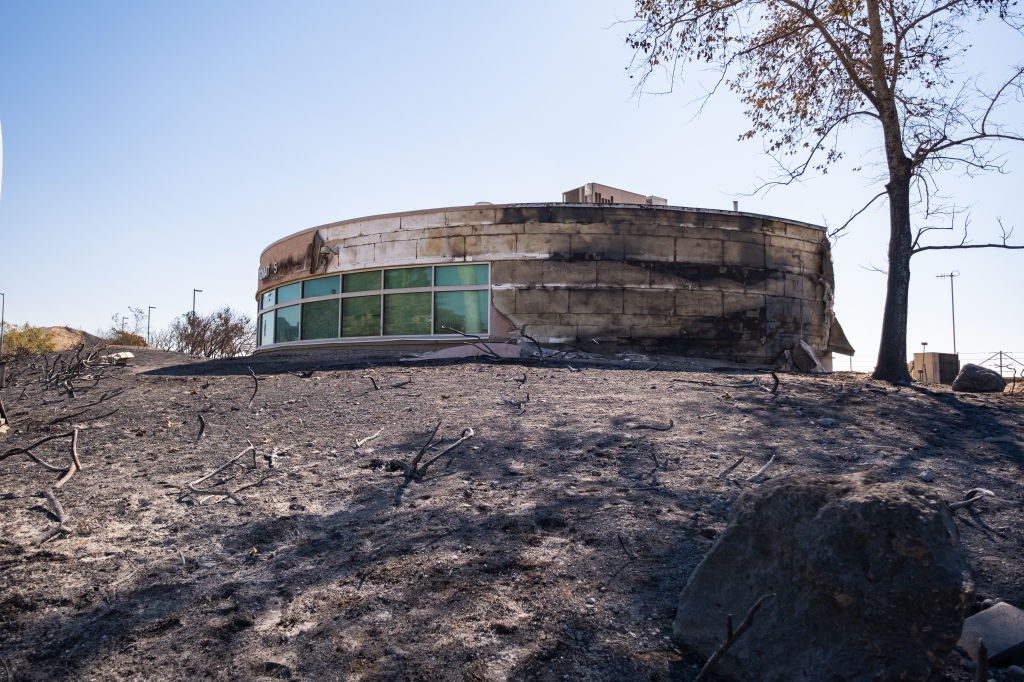
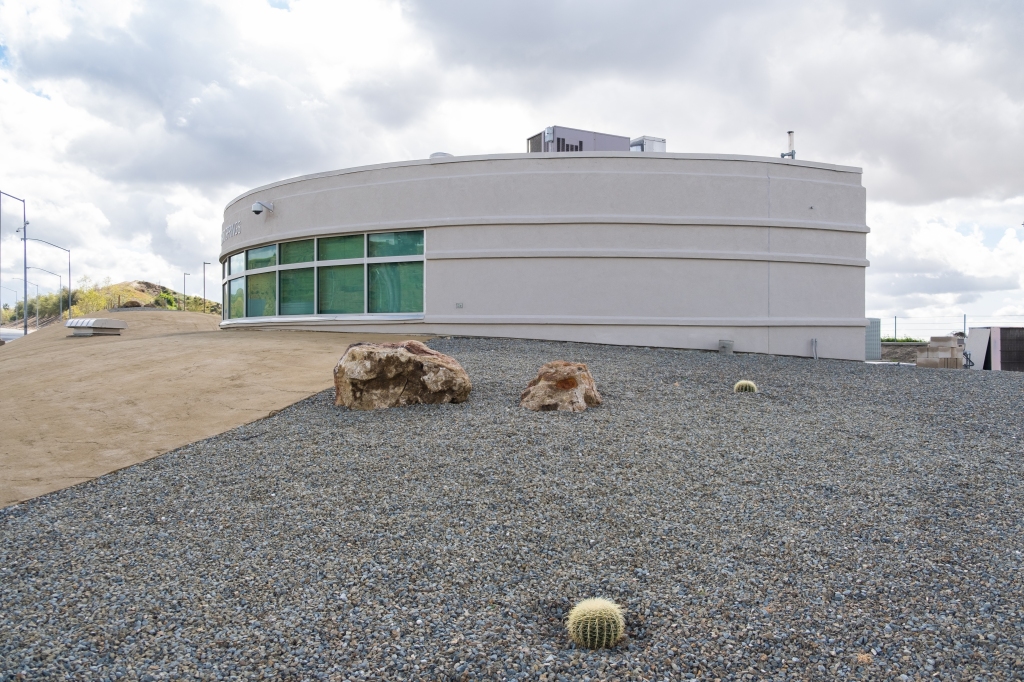
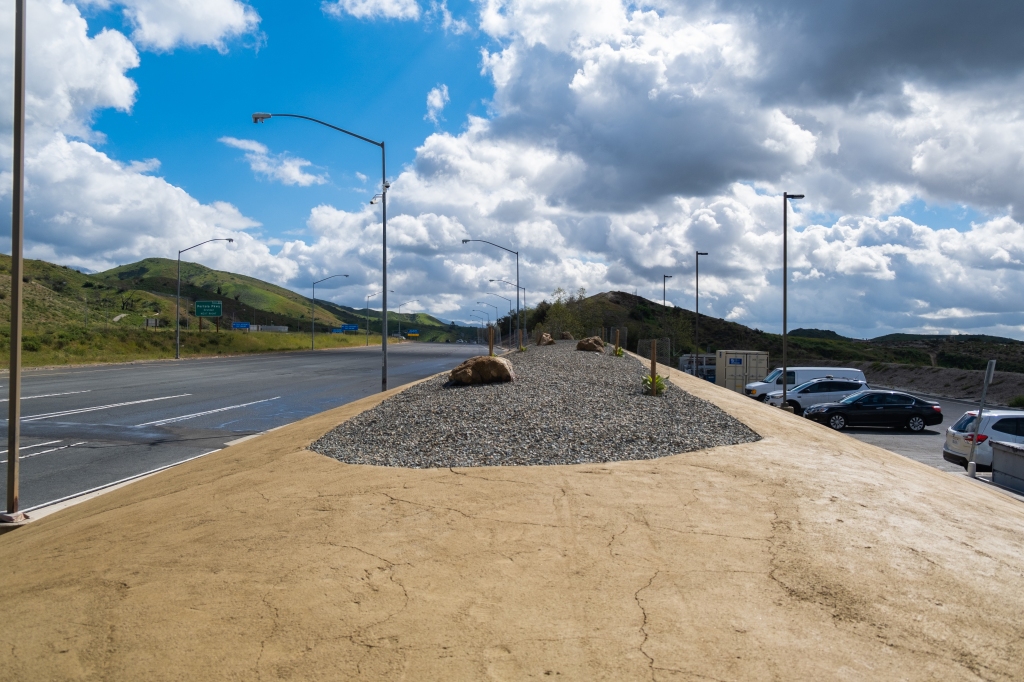
TCA has since repaired the fire damage and implemented additional fire preventive measures based on recommendations from OCFA, including 100-foot defensible space around the buildings, increased hardscape and limited landscaping using plants from OCFA’s approved list of plants that reduce potential fuel sources and are drought tolerant.
One of the most unique aspects of our approach can be found at our 22.3-acre Live Oak Plaza Conservation Area in Trabuco Canyon. Over the past three years TCA has implemented a science-based pilot conservation (or targeted) grazing program at its Live Oak Plaza area to reduce the amount of dry vegetation that would otherwise become fuel for potential wildfires, as well as to improve and maintain the site’s quality of biodiversity.
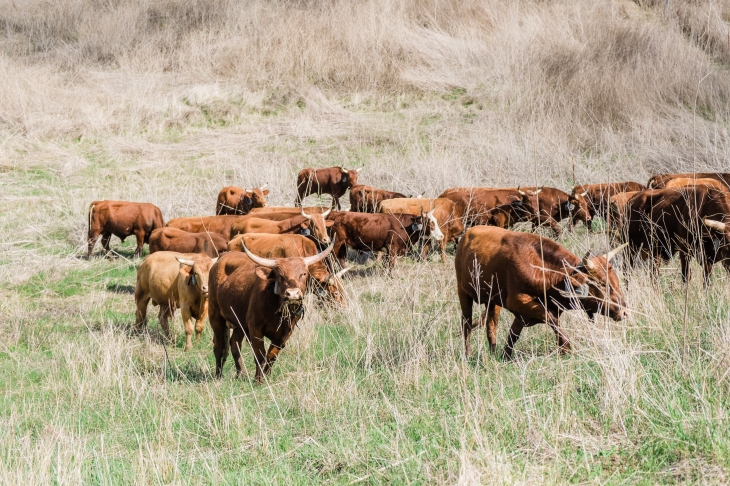
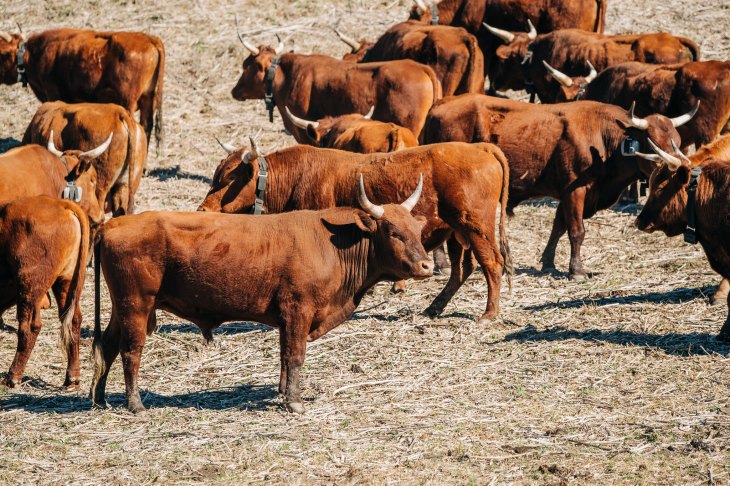
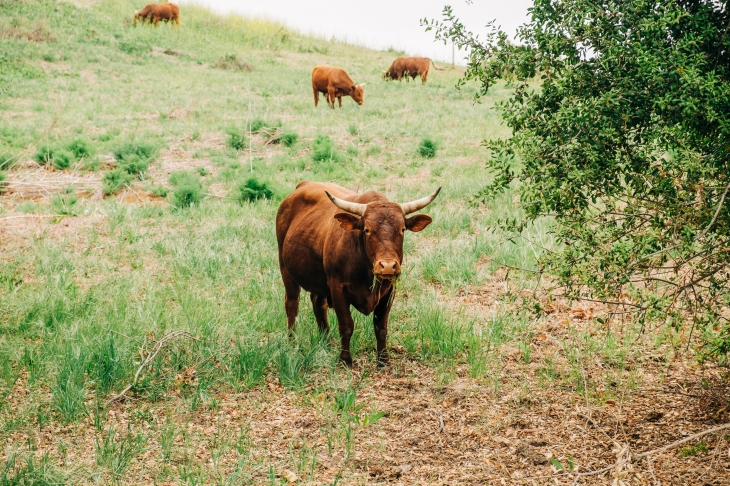
The program is based on establishing land management goals and objectives that are consistent with the purposes and aspirations for this conservation property, including but not limited to, encouraging native perennial grass and shrub cover by reducing competition of nonnative annual plants, reducing associated fire risk from accumulation of dry vegetation, increasing site use by sensitive grassland bird species, retaining hydrological function with limited erosion, and promoting recovery of coast live oak woodland.
By doing our part to help prevent wildfires, we are protecting our community, protecting native habitats and minimizing the impact on first responders. To learn how to protect yourself and your family during wildfire season, check out these helpful resources from OCFA’s Ready, Set, Go safety program: https://www.ocfa.org/SafetyPrograms/ReadySetGo.aspx.
